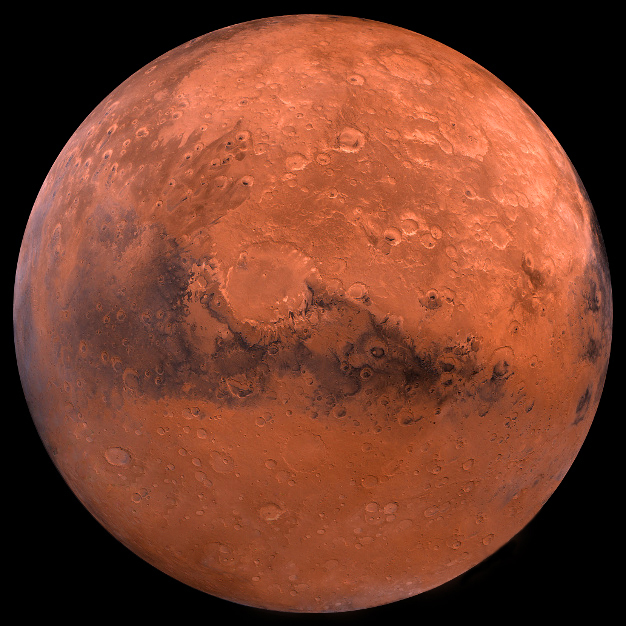
NASA has awarded Northrop Grumman a contract worth up to US$84.5 million to help develop the Mars Ascent Propulsion System (MAPS), which will be used to power the Mars Ascent Vehicle (MAV) as part of the NASA/ESA Mars Sample Return (MSR) mission.
While NASA’s Perseverance rover is yet to roll its wheels on the surface of Mars, NASA and ESA are already working on the next stage of the multi-spacecraft MSR mission, which will return samples of the Red Planet to Earth for the first time.
When Perseverance completes its long systems checks and begins its science mission, it will be the first attempt since the Viking landings in 1976 to directly seek out signs of present or past life on Mars.
This will involve not only collecting soil and rock samples, but caching them in protective tubes on the Martian surface.
In the next few years, the Sample Retrieval Lander will touch down and deploy the Sample Fetch Rover, which will follow Perseverance, recover the sample tubes, return them to the lander, and load them into the MAV. The MAV will launch the sample capsule into orbit, where another spacecraft will rendezvous, collect the capsule, and return it to Earth.
Key to this is the MAV’s propulsion system, which will be the first to launch an orbital rocket from the surface of Mars. Though the one-third Martian gravity and thin atmosphere will allow the two-stage MAV to be much smaller than its terrestrial counterparts, the rocket motor will have to be able to function autonomously after an Earth liftoff, a months-long voyage to Mars, and a rough landing.
To achieve this, Northrop Grumman has been given a cost-plus, fixed-fee contract between US$60.2 million and US$84.5 million for mission services. The MAPS project is to begin immediately with an initial 14-month schedule and two optional extensions to be determined by NASA. During this time, the company will provide the propulsion systems, logistical support, and necessary equipment.
